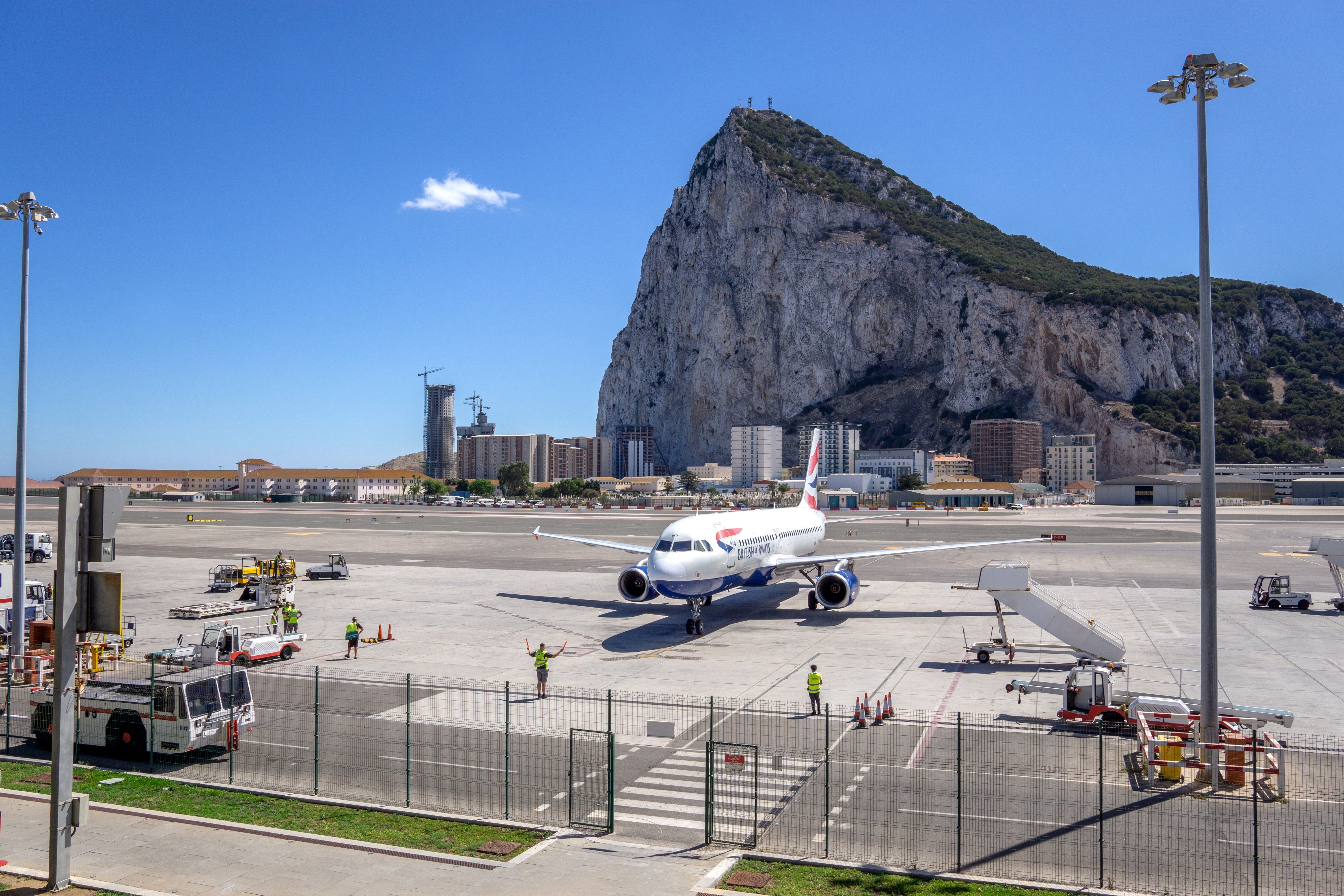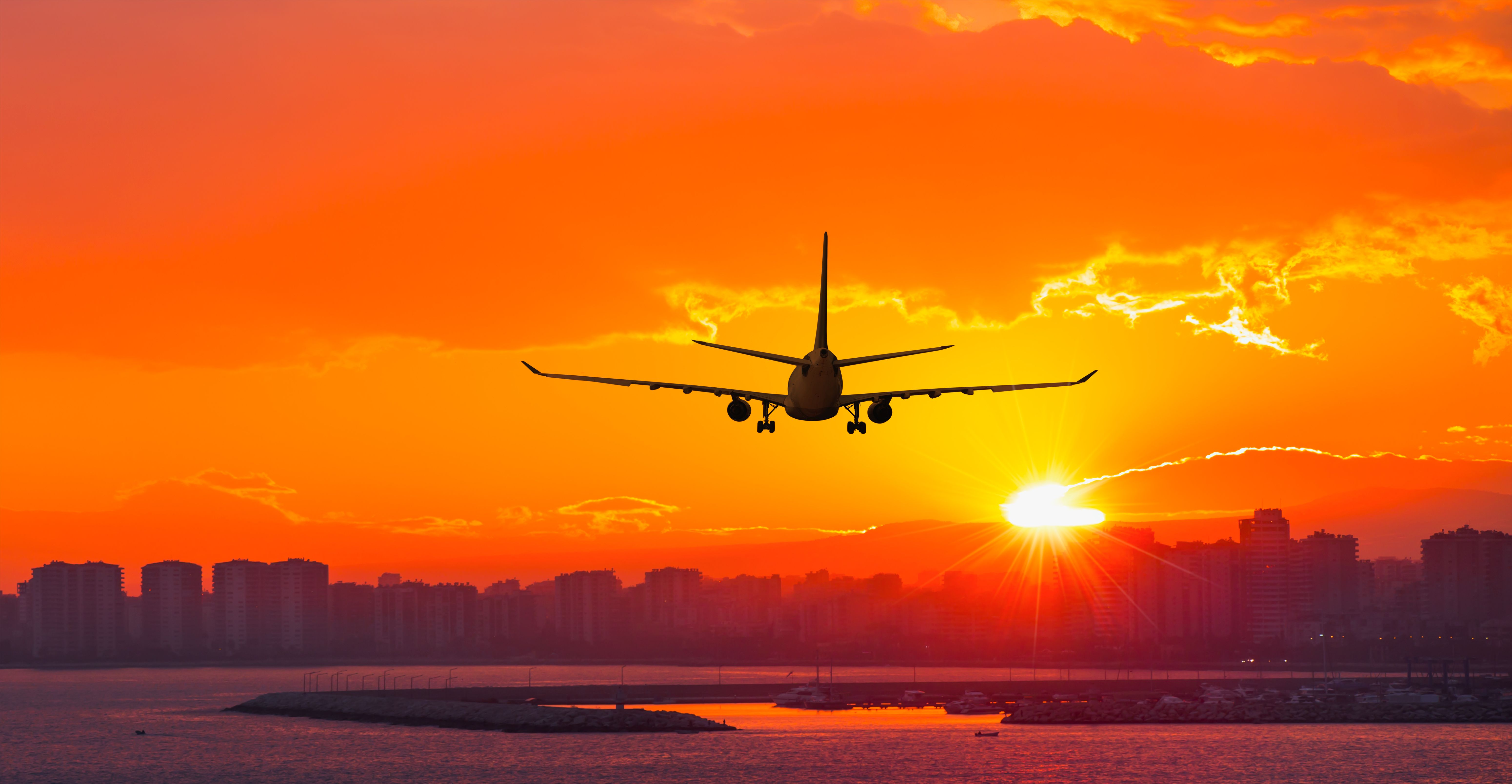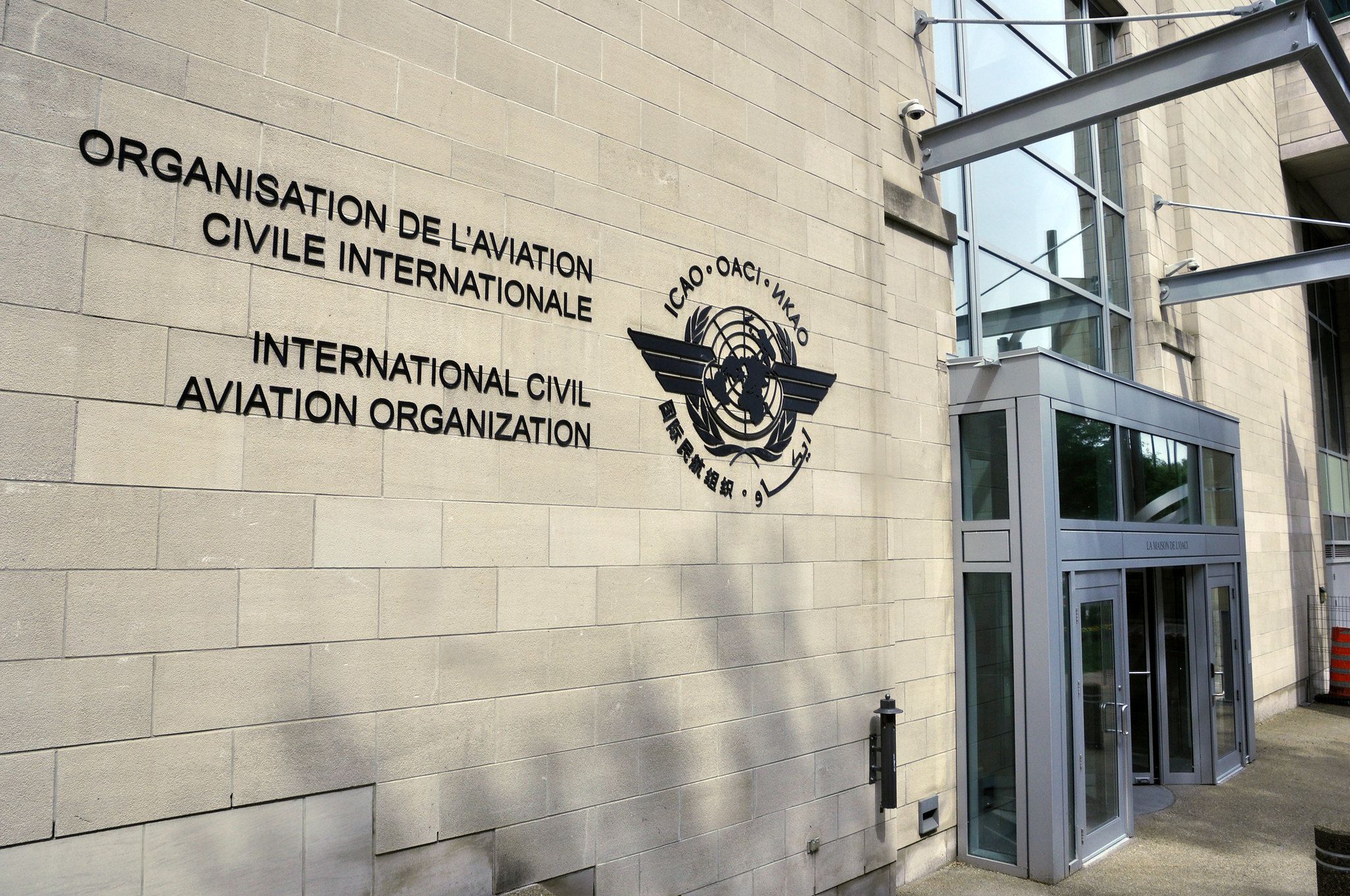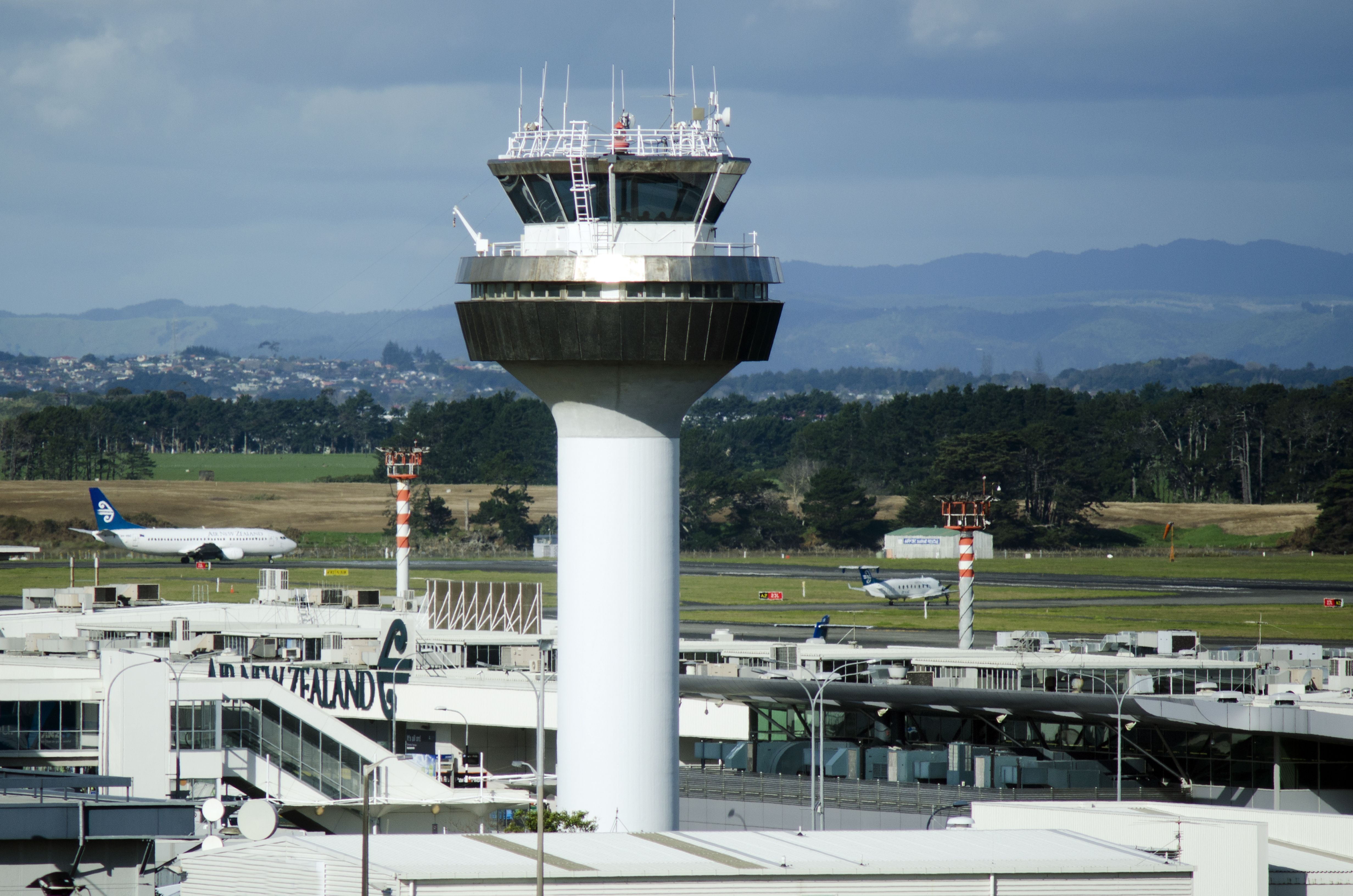The worlds of international regulatory bodies and aviation are both full of acronyms. There is CAA for the UK Civil Aviation Authority, the FAA for the US Federal Aviation Administration, and EASA for the European Aviation Safety Agency, not to mention more technical additions such as ETOPS, SAF, and eVTOL.Two of the most commonly encountered abbreviations when it comes to international aviation are IATA, which stands for the International Air Transport Association, and ICAO, which stands for the International Civil Aviation Organization.At first glance, they have quite a few things in common, and both IATA and ICAO have significantly shaped commercial aviation operations. However, while they both deal with global aviation, as their names would entail, they are also fundamentally different in a number of ways. While experienced aviation enthusiasts and travelers may already know how these two international organizations differ, let's take a refreshed look at their respective roles and how they influence airline operations and the way we travel.​
While experienced aviation enthusiasts and travelers may already know how these two international organizations differ, let's take a refreshed look at their respective roles and how they influence airline operations and the way we travel.​
How the two organizations are similar
While the differences between the International Air Transport Association (IATA) and the International Civil Aviation Organization (ICAO) are relatively straightforward, it's completely understandable to confuse the two organizations, as they are both involved in the regulation of air services. Indeed, both IATA and ICAO...
- Were founded at similar times in history
- Have an international presence
- Have stated priorities of safety and environmental protection
- Set international standards
- Deal with commercial aviation and passenger travel
- Both are led by a Director General
Main differences
However, the way they go about setting standards, who sets the standards, and what those standards deal with are, for the most part, quite different. First and foremost, the members of IATA are airlines, while the members of ICAO are sovereign states.
IATA is a trade association that represents its airlines around the world. Initially founded by 57 carriers, it now has some 300 member airlines from 120 countries. ICAO, on the other hand, is a specialized organization that is part of the United Nations with 193 members, with its headquarters in Montreal, Canada.
What do they do, and who heads them?
IATA has traditionally focused on issues surrounding the security, efficiency, and financial conditions of air travel and, lately, matters of sustainability and equality. The association promotes cooperation between its member airlines and other stakeholders. It also provides a number of products and services to its members, including the IATA Operational Safety Audit, IATA Safety Audit for Ground Operations, IATA Travel Pass, and IATA Cargo-XML messaging standard.
IATA's current Director General is Willie Walsh, former CEO of IAG, the owner of, among others, British Airways, Aer Lingus, and Iberia. Since taking over the role, Walsh's attention has naturally been drawn to economic recovery following the pandemic, sorting out issues around slot regulations and airport staff shortages, as well as the fallout from Russia's war in Ukraine, coupled with an increased focus on decarbonization efforts.
Want answers to more key questions in aviation? Check out the rest of our guides here.
Meanwhile, ICAO looks to set standards and procedures for civil aviation, particularly as it pertains to the actual process of flight but also, increasingly, climate change mitigation and environmental protection. These standards are then recognized by governments around the world as a means to ensure consistency in the operation of aircraft, airports, and air traffic services.
ICAO also undertakes compliance audits of member states' aviation institutions, such as the recent one conducted on the Directorate General of Civil Aviation (DGCA) of India. It also performs studies and analyses and provides technical assistance and guidance to member states.
It also serves as a forum for member states to discuss and develop policies, with a general assembly meeting no less than once in three years, and is governed by a Council, currently consisting of Australia, Brazil, Canada, China, France, Germany, Italy, Japan, United Kingdom, and the United States. Russia was not voted in during the 2022 assembly due to its actions in Ukraine.
The ICAO's current Director General is Juan Carlos Salazar, former Director of the Colombian Civil Aviation Authority, who took up tenure in August 2021. During his keynote address for the American Bar Association’s Forum on Air & Space Law in 2022, Mr Salazar identified unmanned aviation systems (UAS, another acronym to keep in mind) as the next frontier developments that need to be incorporated into,
"...a global aviation framework characterized by over 12,000 international Standards and Recommended Practices (SARPs) adopted by States through ICAO over almost eight decades."
Founded at similar times
While the Convention on International Civil Aviation (commonly referred to as the Chicago Convention) was drafted in 1944, the ICAO was actually founded in 1947, based on the core principles of the convention. Perhaps inspired by the Chicago Convention's spirit of international cooperation, IATA was founded in 1945, two years before the ICAO was officially established.
IATA, however, had its roots in the International Air Traffic Association, which was founded in The Hague in 1919 - the year of the world's first international scheduled services.
A matter of codes
Airport codes are one field where the two organizations overlap (for London Heathrow, IATA's code is LHR while the ICAO equivalent is EGLL). The variance in these codes highlights the differences between the two organizations: IATA's airport codes have been developed for use by airlines as they relate to passengers and customers - think boarding passes and flight reservations. For ICAO, its respective list of airport codes is used by pilots and air traffic controllers (or air navigation service providers).
While both organizations may have their own respective safety initiatives, IATA has a strong focus on the commercial health of its member airlines. While the ICAO may examine economic development through air transportation, it is much more focused on aviation safety for its member nations.
Did you know the difference between IATA and ICAO? Let us know by leaving a comment.



